Disclosure: This article contains affiliate links. We may earn a commission from purchases at no extra cost to you, which helps our travel content.
After completing the Kathmandu Marathon last fall, I found myself with a free weekend and a modest budget before my flight home. Rather than lingering in the capital's dust and noise, I made a spontaneous decision to experience Nepal's wild side at Chitwan National Park. What followed was a masterclass in budget wildlife exploration that proved you don't need luxury lodges or expensive tours to have meaningful encounters with rhinos, tigers, and elephants in one of Asia's most remarkable conservation success stories.
Getting to Chitwan Without Breaking the Bank
As someone who's navigated public transport systems across six continents, I can confidently say Nepal's tourist buses offer remarkable value. From Kathmandu, the journey to Sauraha (Chitwan's main tourist hub) takes 5-6 hours and costs approximately 700-900 NPR ($5-7 USD). I boarded a Tourist Bus Service vehicle at 7 AM from Kantipath Road, having booked my ticket the previous evening through my hostel.
The journey winds through stunning mountain scenery before descending into the subtropical lowlands. While not luxurious, these buses are significantly more comfortable than local options, with assigned seating and scheduled rest stops. Pack your own lunch or snacks, as roadside options can be limited. I brought my trusty reusable water bottle which proved essential for staying hydrated during the journey.
For those with tighter schedules, domestic flights to Bharatpur (25km from the park) cost around $100-120 one-way - a significant splurge for budget travelers but worth considering if time is limited.
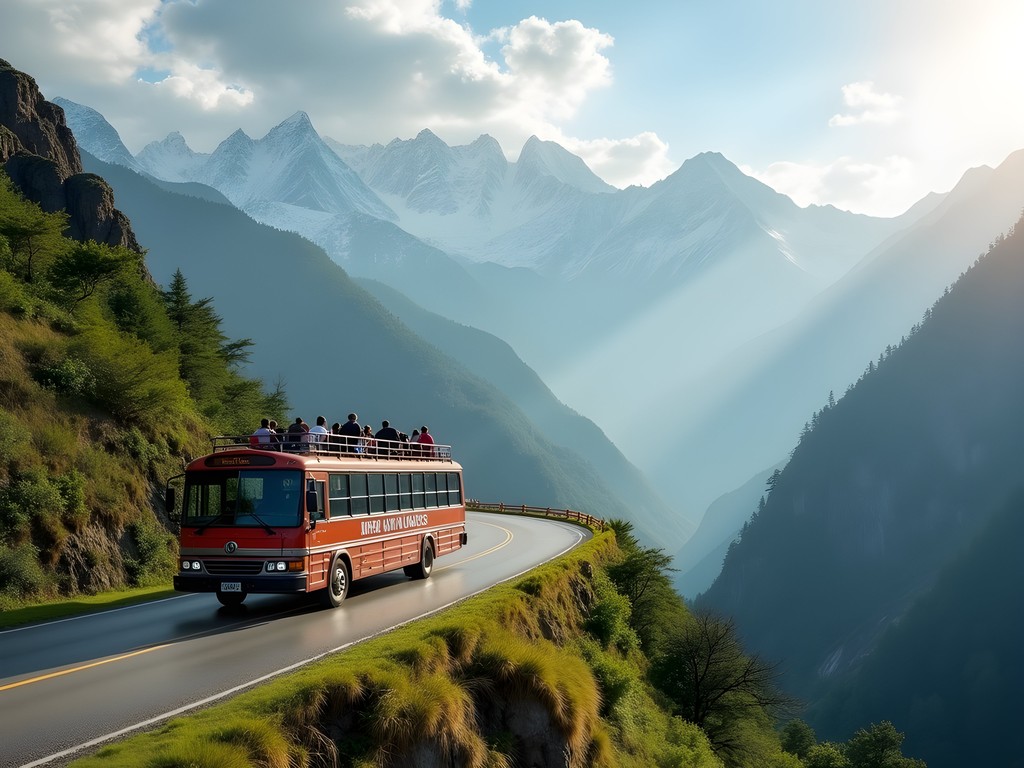
💡 Pro Tips
- Book your tourist bus a day in advance during peak season (October-November)
- Sit on the right side of the bus for the best mountain views when departing Kathmandu
- Download Maps.me app with Nepal maps before traveling as cellular service can be spotty
Budget-Friendly Accommodation in Sauraha
Sauraha, the gateway town to Chitwan, offers accommodations for every budget, but students and frugal travelers should focus on the numerous guesthouses and hostels clustered near the park entrance. I stayed at Rhino Lodge, a family-run establishment where I paid just 800 NPR ($6 USD) per night for a clean private room with a fan and shared bathroom.
The real value comes from the communal atmosphere - most budget accommodations feature shared outdoor spaces where travelers exchange safari stories and tips. These connections led me to join forces with three students from Germany for a jeep safari, splitting the cost four ways.
While researching options, I used my headlamp to review my guidebook during a scheduled power outage (common in Nepal's smaller towns). Having a reliable light source proved invaluable throughout my stay, especially for pre-dawn safari preparations and navigating Sauraha's unlit paths after sunset.
Most budget accommodations offer package deals including room, meals, and activities. However, I found better value booking accommodation separately and arranging activities through the community-based tourism office, which ensures more revenue stays within the local economy.
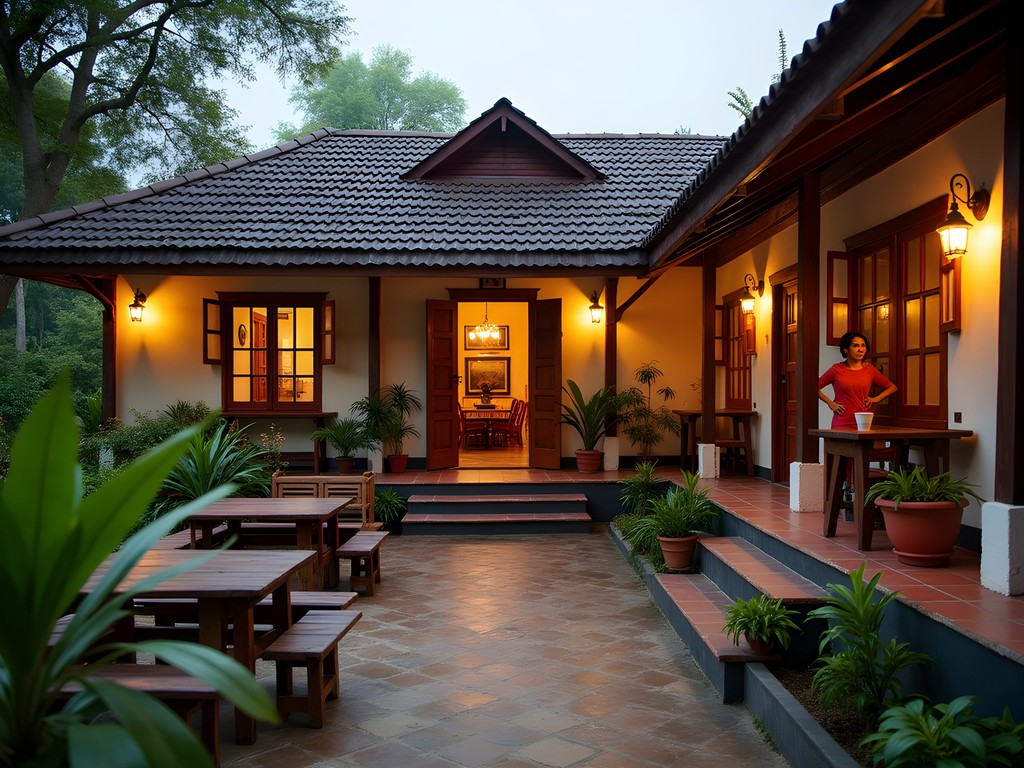
💡 Pro Tips
- Email guesthouses directly for better rates than online booking platforms
- Rooms with fans rather than AC are 30-50% cheaper and usually sufficient in October/November
- Ask about free bicycle use - many guesthouses offer complimentary bikes for guests
Wildlife Experiences That Don't Cost a Fortune
The magic of Chitwan lies in its accessibility - even budget travelers can experience remarkable wildlife encounters without splurging on luxury packages. After analyzing the cost-to-experience ratio of various options, I recommend these affordable activities:
Walking Safari (1,500 NPR / $12 USD): My top recommendation for budget travelers. These 3-4 hour guided walks through the buffer zone with a government-certified naturalist offer intimate wildlife encounters without vehicle noise. Our small group spotted three rhinos, countless deer, and fresh tiger prints. The guides' knowledge of tracking and bird identification was impressive.
Canoe Ride + Jungle Walk Combo (2,000 NPR / $15 USD): Begin at dawn with a silent drift down the Rapti River, where crocodiles sun themselves on sandbars and kingfishers dive for breakfast. The canoe portion transitions to a walking safari, creating a perfect half-day adventure.
Community Forest Night Walk (800 NPR / $6 USD): An overlooked gem offering glimpses of nocturnal wildlife. Our guide spotted civets, wild boar, and a sleeping kingfisher using just a basic flashlight. I was glad I brought my binoculars which performed surprisingly well in low light conditions.
Jeep Safari (8,000-10,000 NPR total, $60-75 USD): The most expensive option, but find 3-4 people to share costs and it becomes reasonable. Covers more ground than walking safaris, increasing chances of tiger sightings. I split this with three students I met at my guesthouse.
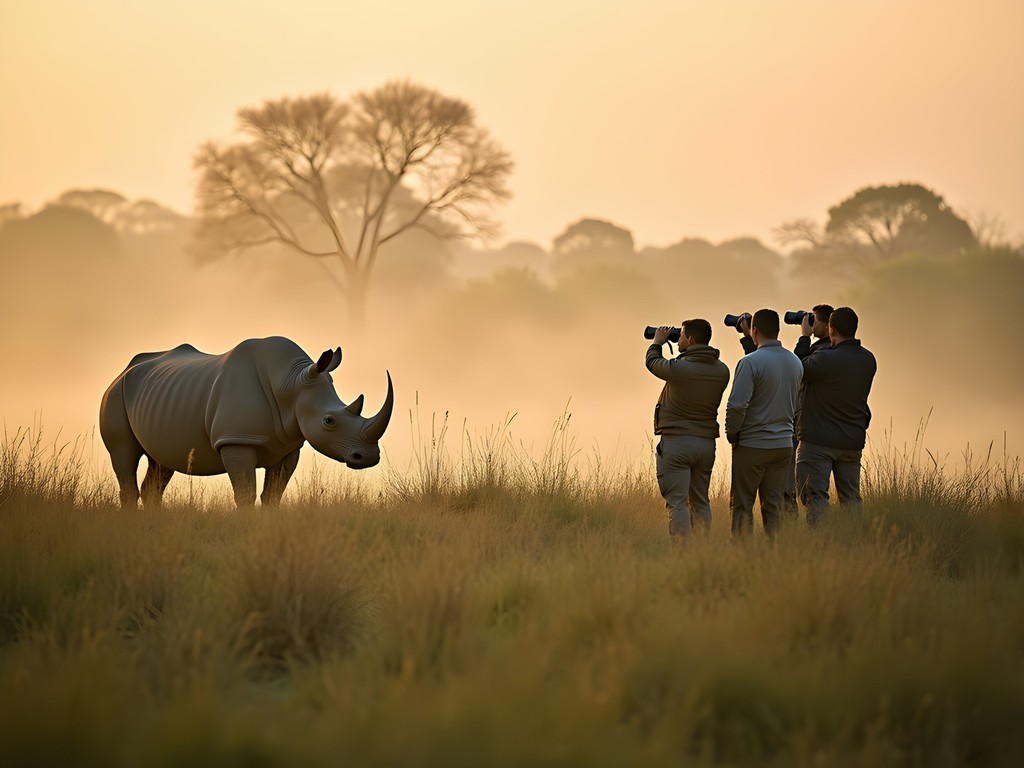
💡 Pro Tips
- Book activities directly through the official Visitor Information Center rather than through hotels to ensure proper permits and qualified guides
- Morning safaris (6-10 AM) offer better wildlife viewing than afternoon options
- Bring binoculars - even budget pairs dramatically improve wildlife spotting
Eating Well on a Student Budget
Food costs in Sauraha are refreshingly affordable, even by Nepali standards. My daily food budget averaged 1,200 NPR ($9 USD), covering three satisfying meals and the occasional mango lassi.
Most guesthouses offer simple breakfasts of eggs, toast, and tea for 200-300 NPR. For lunch and dinner, I alternated between:
Local Dal Bhat Power Houses: These no-frills eateries serving Nepal's national dish (rice, lentil soup, and vegetable curry) offer unlimited refills for 250-350 NPR. The Hungry Eye Restaurant became my regular spot, where 300 NPR bought enough calories to fuel a morning of wildlife trekking.
Tharu Cultural Meals: The indigenous Tharu people have distinctive cuisine worth exploring. At Tharu Kitchen, I enjoyed a traditional meal of ghonghi (snail curry), wild mushrooms, and roti for 400 NPR in a family home setting.
Riverside Cafes: Slightly pricier but worth the splurge for sunset views. Paradise Restaurant offers decent momos (Nepali dumplings) and cold beers with prime elephant-watching opportunities across the river.
I kept my travel cutlery set handy for impromptu picnic lunches during longer excursions. This sustainable option prevented unnecessary plastic waste and proved useful when grabbing quick bites from local vendors.
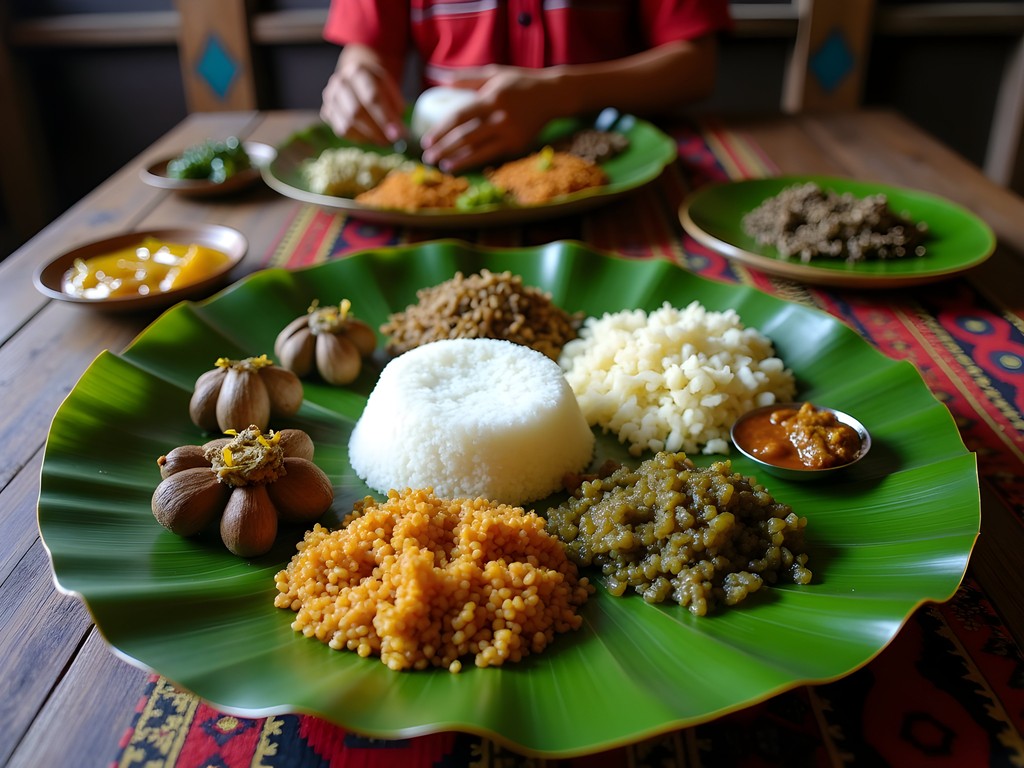
💡 Pro Tips
- Ask for 'local price' at restaurants away from the main tourist strip - many have separate menus
- Purchase fruit from morning markets rather than tourist shops for 50% savings
- Carry a reusable water bottle and refill at your guesthouse - most provide filtered water for free or minimal cost
Responsible Wildlife Tourism on a Budget
Budget travel and responsible tourism aren't mutually exclusive - in fact, many of Chitwan's most ethical experiences are also its most affordable. As a sustainability professional, I was particularly interested in how tourism impacts conservation efforts here.
Elephant riding was once Chitwan's main attraction, but growing awareness of welfare concerns has led to more ethical alternatives. Instead of riding elephants, I visited Tiger Tops Elephant Camp (entrance 1,000 NPR) where retired working elephants now live chain-free. Visitors can observe daily elephant activities from a respectful distance.
For wildlife photography, invest in a decent zoom lens or consider renting equipment. My telephoto zoom lens allowed me to capture detailed wildlife shots without disturbing animals or compromising safety. Remember that approaching wildlife on foot without a guide is both dangerous and illegal.
Choose community-based tourism initiatives where possible. The Tharu Cultural Museum (300 NPR entrance) provides insights into indigenous relationships with the forest while supporting community development. Their evening cultural performances (500 NPR) showcase traditional stick dances and provide sustainable income for local performers.
Finally, respect park regulations even when they seem inconvenient. The entry permit (2,000 NPR for foreigners) funds critical anti-poaching patrols that have helped rhino populations recover from near-extinction.
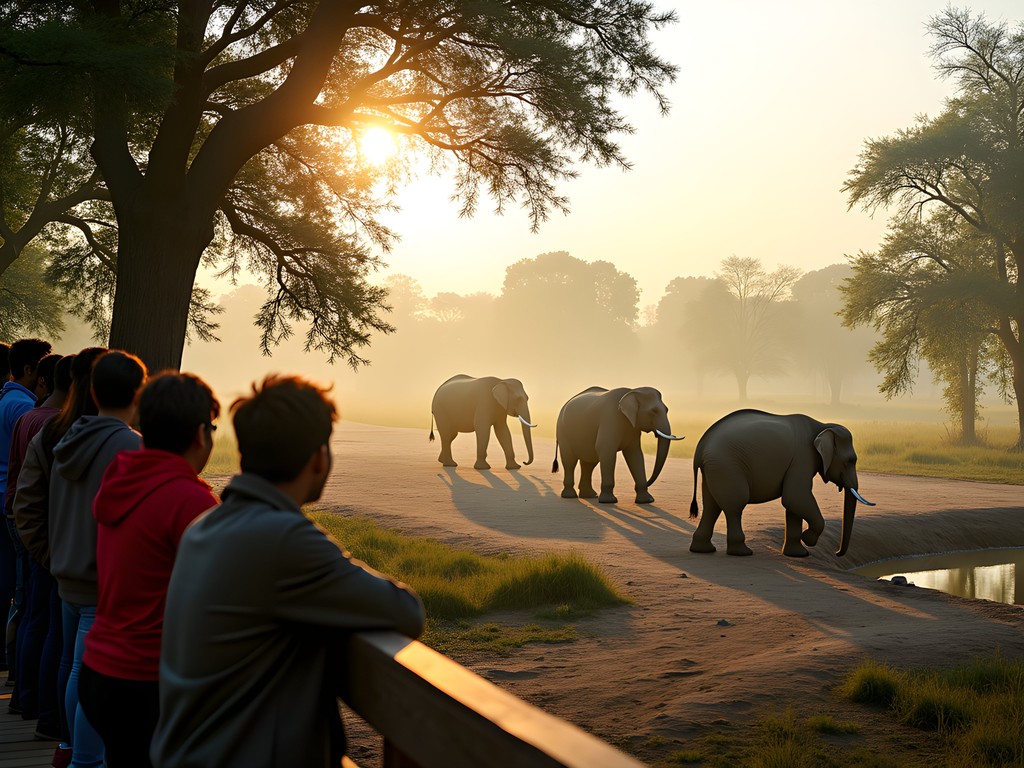
💡 Pro Tips
- Avoid operators advertising guaranteed tiger sightings - this often involves baiting or other unethical practices
- Purchase handicrafts directly from Tharu Community Craft Center where proceeds support local artisans
- Report any wildlife concerns to the Chitwan National Park office rather than confronting guides or operators directly
Final Thoughts
My weekend in Chitwan taught me that meaningful wildlife encounters don't require luxury lodges or premium tour packages. With thoughtful planning and local connections, students and budget travelers can experience the magic of this biodiverse haven for under $30 per day. The memories of tracking rhino footprints through morning mist, watching crocodiles slide into the Rapti River, and sharing stories with Tharu elders will stay with me far longer than any luxury amenity could.
As travelers seeking authentic experiences on limited budgets, our choices matter. By supporting community-based tourism initiatives, choosing ethical wildlife encounters, and traveling with minimal environmental impact, we contribute to Chitwan's conservation success story rather than undermining it.
Whether you're extending a trekking adventure, taking a break from volunteering, or simply exploring Nepal beyond Kathmandu, Chitwan offers an accessible wilderness experience that proves you don't need deep pockets to form deep connections with our natural world. Pack light, bring an open mind, and prepare for wildlife encounters that will reset your perspective on what budget travel can deliver.
✨ Key Takeaways
- With careful planning, you can experience Chitwan National Park for under $30/day including accommodation, food and activities
- Walking safaris offer the best value-to-experience ratio at just $12 for intimate wildlife encounters
- Community-based tourism initiatives provide both better value and more ethical experiences than mainstream tourist operations
- October-November offers ideal wildlife viewing conditions with minimal crowds outside major holidays
📋 Practical Information
Best Time to Visit
October-November (post-monsoon season)
Budget Estimate
$25-30 per day including accommodation, food, and activities
Recommended Duration
2-3 days minimum
Difficulty Level
Easy

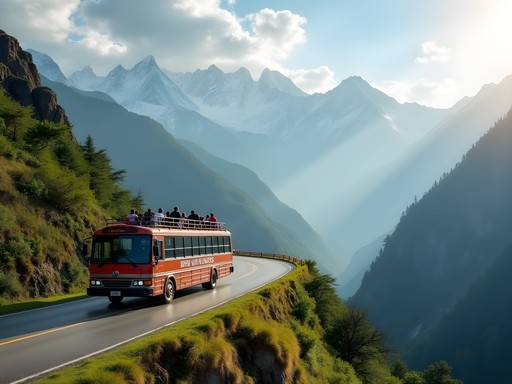
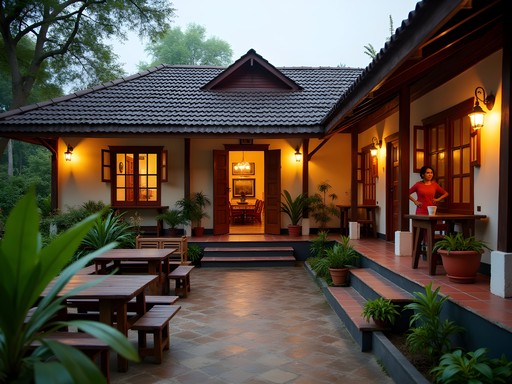
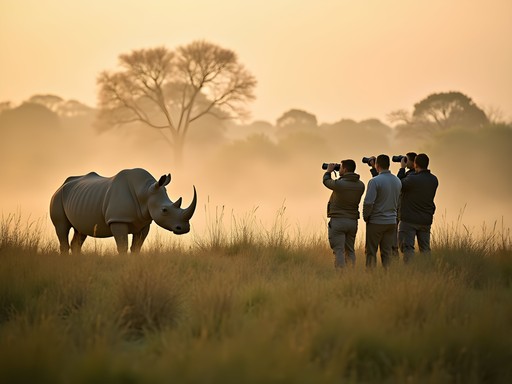
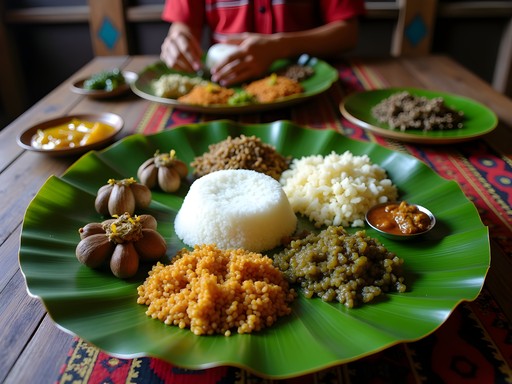
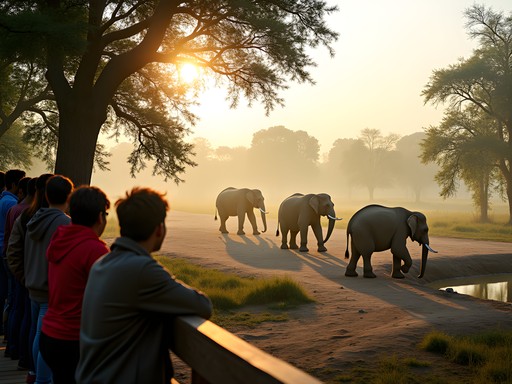



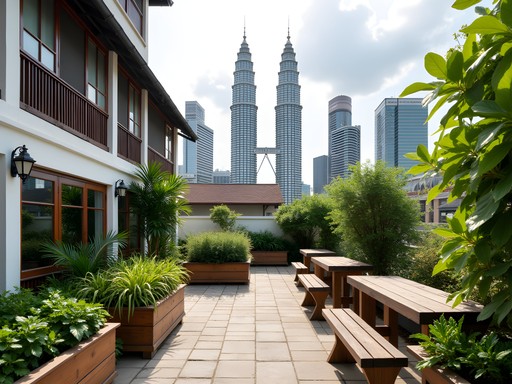
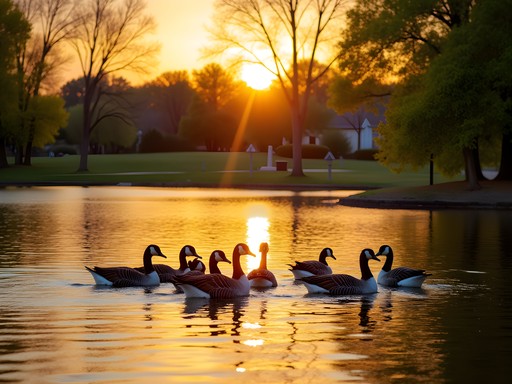
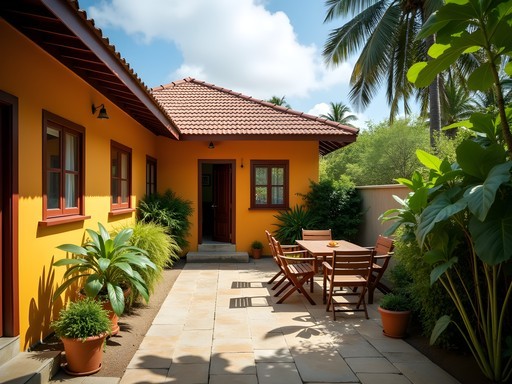
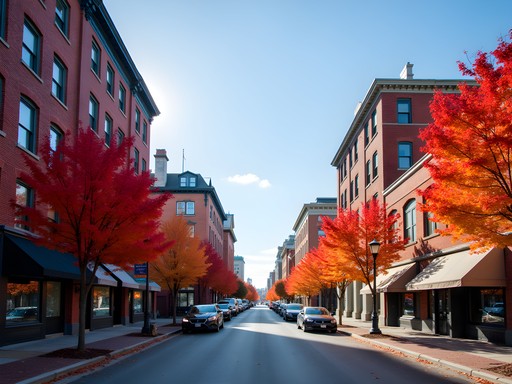
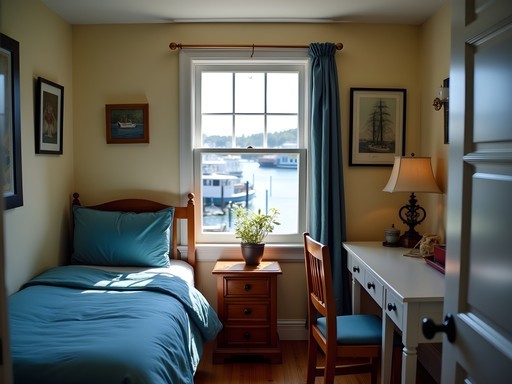
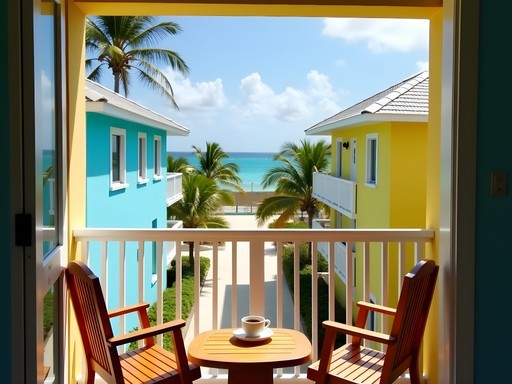

Comments
mountaingal
Love this! Saving for my Nepal trip next year!
Douglas Bradley
Excellent budget breakdown, Joshua. I visited Chitwan last year and would add that the shoulder season (late September/early October or late May) offers the perfect balance of lower prices and decent wildlife viewing opportunities. The community-based tourism initiatives around Sauraha deserve more attention - I stayed with a Tharu family for one night (arranged through my guesthouse) for about $15 including meals, and it was the highlight of my trip. Their traditional knowledge of the forest ecosystem was fascinating. For those concerned about safety during walking safaris, I found the guides incredibly knowledgeable about animal behavior and never felt at risk. I tracked expenses meticulously and spent $142 for three full days including everything except transportation to/from Kathmandu. I used my travel journal to record wildlife sightings - highly recommended for nature enthusiasts.
summerqueen
That Tharu homestay sounds amazing! Did you book in advance or just arrange it when you got there?
Douglas Bradley
I arranged it through my guesthouse after arriving. Most places in Sauraha have connections with local families. Just ask around!
sunsetace3234
How many days would you recommend staying there?
Joshua Stewart
I'd say minimum 2 full days, but 3-4 is ideal if you want to try different safari activities and increase your chances of seeing tigers!
explorebuddy
Just got back from Chitwan last month and can confirm everything in this guide is spot-on! We also stayed in Sauraha and found that the guesthouses with the cheapest rooms often had the best local guides. Our $12/night place arranged an amazing walking safari where we saw rhinos from just 50 meters away! One tip to add: if you're taking the bus from Kathmandu, try to sit on the right side for mountain views. And definitely bring your own toilet paper for the bus rest stops 😂 The local restaurants along the river in Sauraha do amazing dal bhat for like $3 and you get unlimited refills!
summerqueen
This is exactly what I needed! I'm heading to Nepal in November and was debating whether to splurge on a fancy Chitwan package or DIY it. The public bus info is super helpful - I was worried it would be too complicated but you make it sound doable. Did you feel like you missed out on anything by not staying at one of those expensive lodges? I'm a big wildlife photographer but definitely on a teacher's salary lol.
Joshua Stewart
You definitely won't miss out! The canoe rides and walking safaris arranged through budget guesthouses get you just as close to the wildlife. Just bring a decent zoom lens - I got all my rhino shots with a 70-300mm.
summerqueen
That's reassuring! My 70-200mm should work then. Thanks for the quick response!
Nicole Russell
This is such perfect timing! I'm planning a 3-week Nepal trip for January and definitely adding Chitwan. Question about the accommodation - did you find it necessary to book the guesthouses in advance during high season, or can you just show up? Also, did any of the budget places offer reliable WiFi? I need to check in with work occasionally.
Marco Suzuki
Not Joshua, but I can share that in January you should be fine without booking ahead unless it's during a Nepali holiday. Most budget places in Sauraha have WiFi, but it's often spotty during power cuts. Green Park Guesthouse had surprisingly good connection and was only about $12/night when I stayed.
Nicole Russell
Thanks so much, Marco! That's super helpful. I'll check out Green Park Guesthouse!
roamway
We did the public bus too! What an adventure, lol. That chicken on my lap for 2 hours was not in the guidebook.
springmaster
Haha! I'm both excited and terrified about the bus ride now.
escapevibes
Saving this for my trip next month! Those homestay prices are unbelievable!
triplegend
Great post! Those sunset elephant photos are incredible!
luckybuddy
That rhino photo is AMAZING! Can't believe you got that close on a budget tour! Did you use a zoom lens or were you actually that near?
Joshua Stewart
Thanks! I was using my telephoto lens but we were surprisingly close - maybe 30 meters away. Our guide was very experienced and knew exactly where to position us safely.
Venture X
Premium card with 2X miles, $300 travel credit, Priority Pass